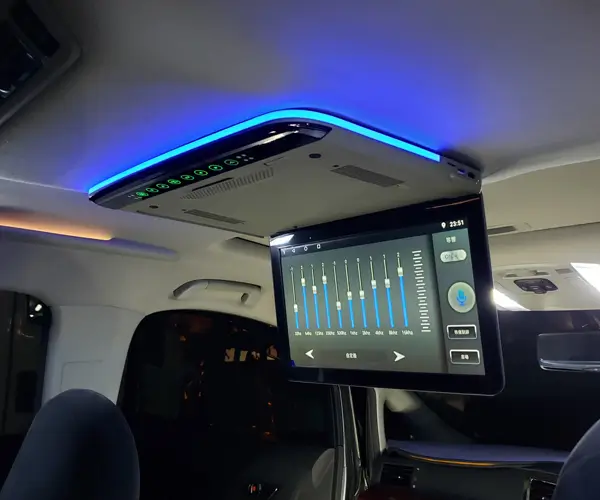Ever wondered why choosing the right motor can turn your project from mediocre to spectacular? Let’s dive into the world of servo motors and stepper motors—two powerhouses that keep machines alive and kicking, yet each has its own vibe, its own personality.

Picture a servo motor as the smooth operator. Need pinpoint accuracy and quick response? That’s where the servo shines. It’s like a race car driver—super precise, sensitive to every twist and turn. When you ask it to move to a position, it hones in and gets there fast and accurately. Think of assembling a robotic arm. With a servo, it’s like having a brain with a finely tuned reflex—adjusting on the fly, holding positions with graceful finesse. Its closed-loop system constantly checks if it’s on target, making it perfect for tasks demanding tight control.
Now, stepping back to the stepper motor. It’s the workhorse. Reliable, simple, and cost-effective. Imagine a printer head or a 3D printer extruder—stepper motors do the job by moving in discrete steps. No need for feedback; it just moves exactly the number of steps you tell it to. It’s like a metronome: consistent, predictable, and easy to understand. When your application requires open-loop motion—say, moving a conveyor belt in discrete steps—stepper motors are your best friends.
But here’s a question that often comes up: which one wins in energy efficiency? Well, it depends. Servos tend to be smarter—they adjust power according to load, saving energy during less demanding moves. Steppers, on the other hand, sometimes munch more power because they’re just grinding through steps with constant current, even if they’re just holding a position.
Think about environments, too. In high-precision robotics, servo motors steal the spotlight because their feedback system helps correct even the tiniest deviations. Conversely, in 3D printers or CNC machines where the demands are steady and predictable, stepper motors shine bright—they’re simple and dependable.
And what about maintenance? Since servos are more complex, they might need a bit more TLC—often involving clean parts and calibration. Steppers, with their straightforward design, usually require less fuss, which can be a lifesaver if you’re stacking machines in a tight space and want things to run smoothly without constant monitoring.
So, if you’re trying to figure out what suits your project, ask: do I need super precise, dynamic control with feedback? Or is a reliable, straightforward stepper enough? It’s a little like choosing between a sports car and an off-road vehicle—each excels in its own terrain.
Selecting the right motor isn’t just about specs; it’s about understanding your application’s heartbeat. Whether it’s the finesse of a servo or the dependable grind of a stepper, matching them perfectly makes a difference that’s felt immediately.
Established in 2005, Kpower has been dedicated to a professional compact motion unit manufacturer, headquartered in Dongguan, Guangdong Province, China. Leveraging innovations in modular drive technology, Kpower integrates high-performance motors, precision reducers, and multi-protocol control systems to provide efficient and customized smart drive system solutions. Kpower has delivered professional drive system solutions to over 500 enterprise clients globally with products covering various fields such as Smart Home Systems, Automatic Electronics, Robotics, Precision Agriculture, Drones, and Industrial Automation.




































